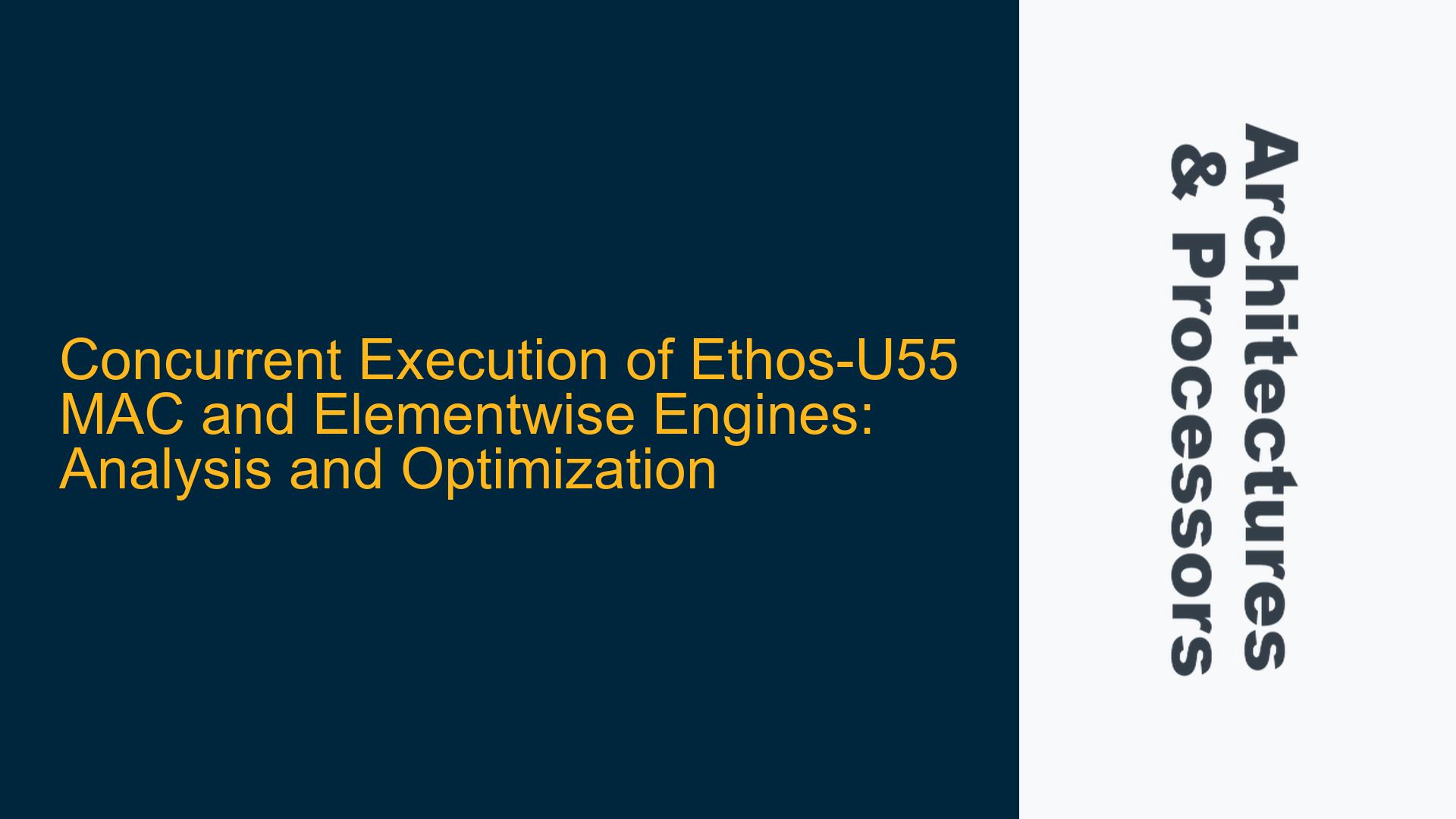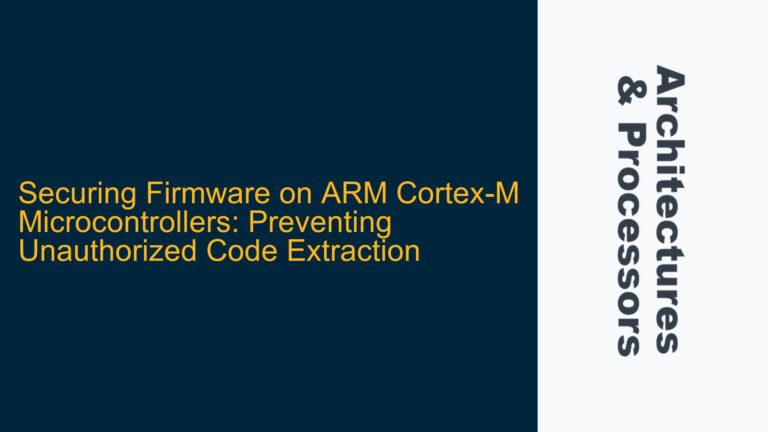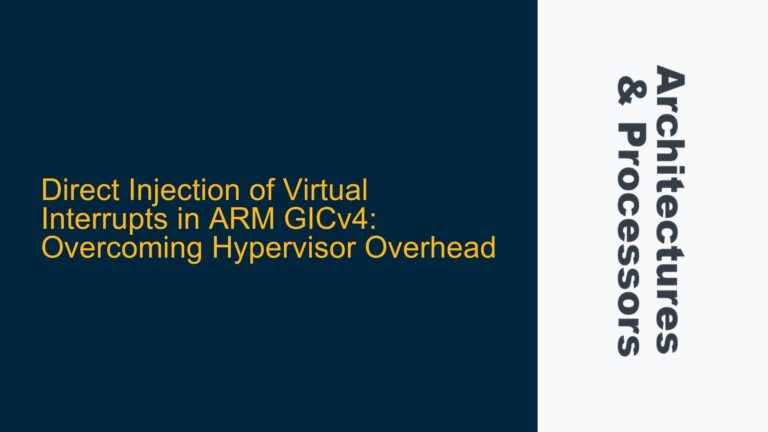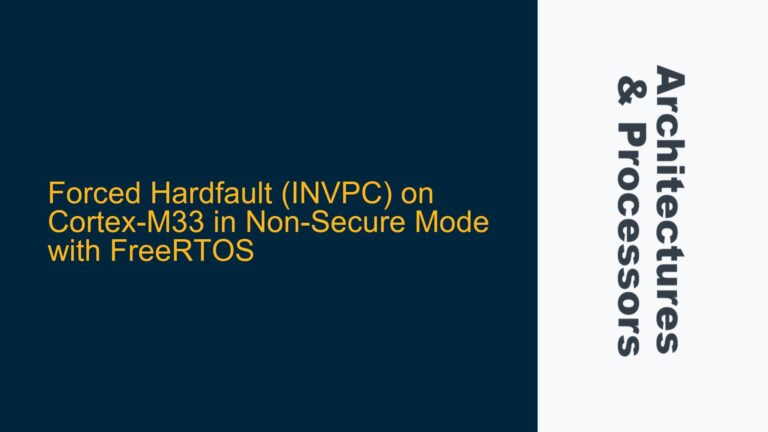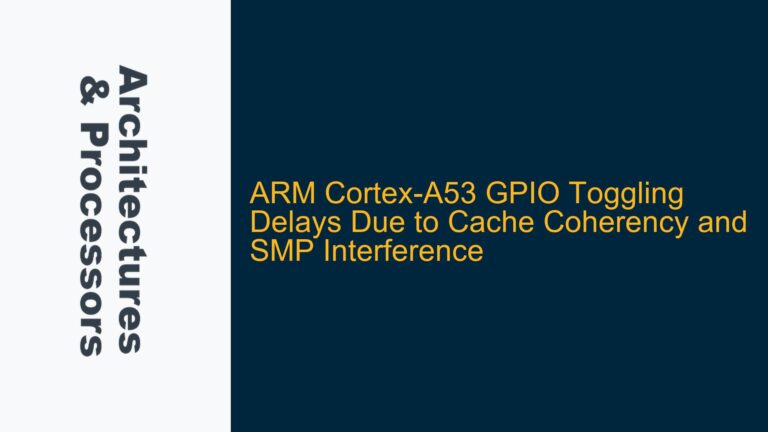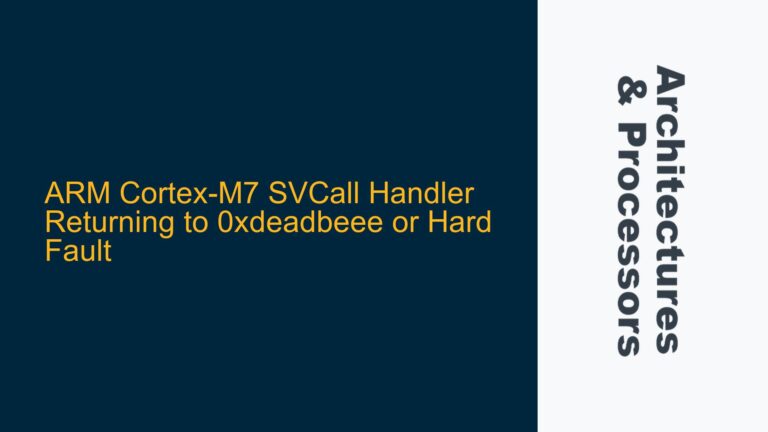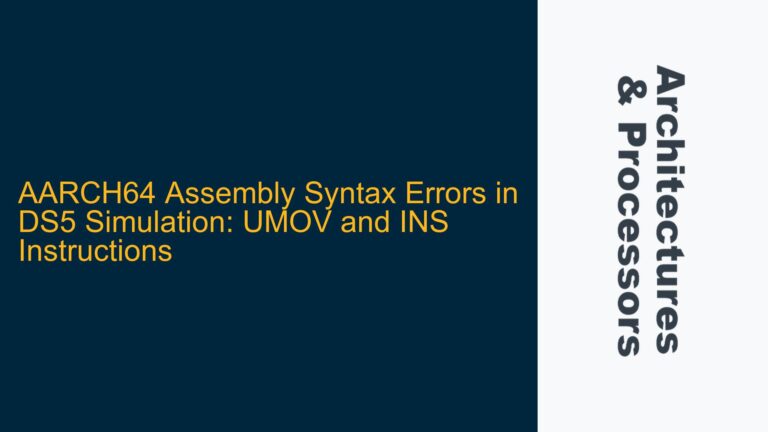Ethos-U55 MAC and Elementwise Engine Concurrency Challenges
The Ethos-U55 Neural Processing Unit (NPU) is a highly optimized accelerator designed for machine learning workloads, featuring specialized engines such as the Multiply-Accumulate (MAC) Engine and the Elementwise Engine. These engines are designed to handle specific types of operations efficiently. However, a critical question arises regarding their ability to execute operations concurrently, particularly when sharing the same buffer for intermediate data storage. The MAC Engine is responsible for performing convolution operations, which are fundamental to many neural network layers, while the Elementwise Engine handles operations like addition, subtraction, and other pointwise transformations.
The challenge lies in the shared buffer architecture of the Ethos-U55. Both engines rely on the same shared buffer to store intermediate results, which introduces potential conflicts when attempting to execute operations concurrently. The shared buffer is a critical resource that must be managed carefully to ensure data integrity and correct operation. When the MAC Engine and Elementwise Engine attempt to access the same buffer simultaneously, there is a risk of data corruption or incorrect results due to overlapping read/write operations. This issue is further complicated by the non-blocking nature of the NPU_OP_<KERNEL> commands, which allow the host processor to issue commands without waiting for the previous operation to complete.
In the provided experiment, the user attempted to execute a convolution operation (NPU_OP_CONV) followed by an elementwise addition (NPU_OP_ELEMENTWISE) without explicit synchronization. The results indicated that the total execution cycles were equivalent to the sum of the individual cycles for each operation, suggesting that the engines did not execute concurrently. This raises questions about the underlying architecture and the conditions under which concurrent execution might be possible.
Shared Buffer Contention and Non-Blocking Command Limitations
The primary cause of the observed behavior lies in the shared buffer architecture and the limitations imposed by non-blocking commands. The shared buffer is a finite resource that must be carefully managed to avoid conflicts between the MAC Engine and Elementwise Engine. When the MAC Engine is processing a convolution operation, it requires exclusive access to the shared buffer to store intermediate results. Similarly, the Elementwise Engine requires access to the same buffer to perform its operations. If both engines attempt to access the buffer simultaneously, the system must either serialize the operations or implement a sophisticated arbitration mechanism to prevent data corruption.
The non-blocking nature of the NPU_OP_<KERNEL> commands further complicates the issue. These commands allow the host processor to issue multiple operations without waiting for each operation to complete, which can lead to overlapping execution attempts. However, the Ethos-U55 architecture does not inherently support concurrent execution of operations that rely on the same shared buffer. Instead, the system serializes the operations to ensure data integrity, resulting in the observed behavior where the total execution cycles are the sum of the individual cycles for each operation.
Another contributing factor is the lack of explicit synchronization mechanisms in the user’s experiment. Without proper synchronization, the system cannot guarantee that the MAC Engine and Elementwise Engine will execute concurrently, even if the hardware supports it. The absence of synchronization primitives such as barriers or semaphores means that the system defaults to serial execution to avoid potential conflicts.
Optimizing Concurrent Execution with Buffer Management and Synchronization
To enable concurrent execution of the MAC Engine and Elementwise Engine, several steps must be taken to address the shared buffer contention and synchronization issues. The first step is to implement a buffer management strategy that allows both engines to access the shared buffer without conflicts. This can be achieved by partitioning the buffer into distinct regions, each dedicated to a specific engine or operation. By allocating separate regions for the MAC Engine and Elementwise Engine, the system can ensure that both engines can operate concurrently without interfering with each other’s data.
The second step is to introduce explicit synchronization mechanisms to coordinate the execution of the engines. This can be done using hardware primitives such as barriers or semaphores, which allow the host processor to signal when it is safe for the engines to proceed with their operations. For example, the host processor can issue a barrier command after the convolution operation to ensure that the MAC Engine has completed its task before the Elementwise Engine begins its operation. This ensures that the engines do not attempt to access the shared buffer simultaneously, preventing data corruption and incorrect results.
Additionally, the system can leverage the non-blocking nature of the NPU_OP_<KERNEL> commands to overlap the execution of independent operations. For example, if the MAC Engine and Elementwise Engine are performing operations on different data sets, the host processor can issue the commands in a pipelined manner, allowing the engines to execute concurrently without conflicting over the shared buffer. This requires careful planning and coordination to ensure that the operations are independent and do not rely on the same intermediate data.
Finally, the system can benefit from advanced optimization techniques such as double buffering, where two separate buffers are used to store intermediate results. While one buffer is being used by the MAC Engine, the other buffer can be used by the Elementwise Engine, allowing both engines to operate concurrently without contention. This approach requires additional memory resources but can significantly improve performance by enabling true concurrent execution.
In conclusion, the Ethos-U55 MAC Engine and Elementwise Engine can execute concurrently under specific conditions, provided that the shared buffer is managed carefully and proper synchronization mechanisms are in place. By partitioning the buffer, introducing synchronization primitives, and leveraging advanced optimization techniques, it is possible to achieve concurrent execution and improve the overall performance of the system. However, these optimizations require a deep understanding of the Ethos-U55 architecture and careful planning to ensure that the operations are coordinated effectively.
Detailed Analysis of Shared Buffer Architecture
The shared buffer in the Ethos-U55 is a critical component that enables efficient data transfer between the MAC Engine and Elementwise Engine. However, its shared nature introduces potential conflicts that must be addressed to enable concurrent execution. The buffer is typically organized as a contiguous block of memory that is accessible to both engines, allowing them to read and write intermediate results as needed.
When the MAC Engine performs a convolution operation, it generates intermediate results that are stored in the shared buffer. These results are then used by the Elementwise Engine to perform pointwise operations such as addition or multiplication. However, if the Elementwise Engine attempts to access the buffer before the MAC Engine has completed its operation, it may read incorrect or incomplete data, leading to incorrect results.
To prevent this, the system must implement a mechanism to ensure that the buffer is only accessed by one engine at a time. This can be achieved through hardware arbitration, where the system automatically serializes access to the buffer based on the order of operations. However, this approach limits the potential for concurrent execution and can result in suboptimal performance.
An alternative approach is to partition the buffer into distinct regions, each dedicated to a specific engine or operation. For example, the buffer can be divided into two equal-sized regions, with one region allocated to the MAC Engine and the other to the Elementwise Engine. This allows both engines to operate concurrently without interfering with each other’s data. However, this approach requires careful planning to ensure that the buffer regions are sized appropriately to accommodate the data requirements of each operation.
Synchronization Mechanisms for Concurrent Execution
Synchronization is a critical aspect of enabling concurrent execution in the Ethos-U55. Without proper synchronization, the system cannot guarantee that the MAC Engine and Elementwise Engine will execute in the correct order, leading to potential data corruption or incorrect results.
One common synchronization mechanism is the use of barriers, which are hardware primitives that allow the host processor to signal when it is safe for the engines to proceed with their operations. For example, the host processor can issue a barrier command after the convolution operation to ensure that the MAC Engine has completed its task before the Elementwise Engine begins its operation. This ensures that the engines do not attempt to access the shared buffer simultaneously, preventing data corruption and incorrect results.
Another synchronization mechanism is the use of semaphores, which are software constructs that allow the engines to signal when they have completed their operations. For example, the MAC Engine can set a semaphore after completing its operation, signaling to the Elementwise Engine that it is safe to proceed. This approach requires additional software overhead but provides greater flexibility in coordinating the execution of the engines.
Advanced Optimization Techniques
In addition to buffer management and synchronization, advanced optimization techniques can be employed to further improve the performance of the Ethos-U55. One such technique is double buffering, where two separate buffers are used to store intermediate results. While one buffer is being used by the MAC Engine, the other buffer can be used by the Elementwise Engine, allowing both engines to operate concurrently without contention.
Double buffering requires additional memory resources but can significantly improve performance by enabling true concurrent execution. This approach is particularly effective in scenarios where the operations are independent and do not rely on the same intermediate data. For example, if the MAC Engine is processing one set of data while the Elementwise Engine is processing another set, double buffering allows both engines to operate concurrently without interfering with each other’s data.
Another optimization technique is pipelining, where the host processor issues commands in a pipelined manner to overlap the execution of independent operations. For example, the host processor can issue a convolution command followed by an elementwise command, allowing the MAC Engine and Elementwise Engine to execute concurrently without conflicting over the shared buffer. This requires careful planning and coordination to ensure that the operations are independent and do not rely on the same intermediate data.
Conclusion
The Ethos-U55 MAC Engine and Elementwise Engine can execute concurrently under specific conditions, provided that the shared buffer is managed carefully and proper synchronization mechanisms are in place. By partitioning the buffer, introducing synchronization primitives, and leveraging advanced optimization techniques, it is possible to achieve concurrent execution and improve the overall performance of the system. However, these optimizations require a deep understanding of the Ethos-U55 architecture and careful planning to ensure that the operations are coordinated effectively.
This detailed analysis provides a comprehensive guide to understanding and optimizing the concurrent execution of the Ethos-U55 MAC and Elementwise Engines. By addressing the shared buffer contention, implementing synchronization mechanisms, and leveraging advanced optimization techniques, it is possible to achieve significant performance improvements in machine learning workloads.
